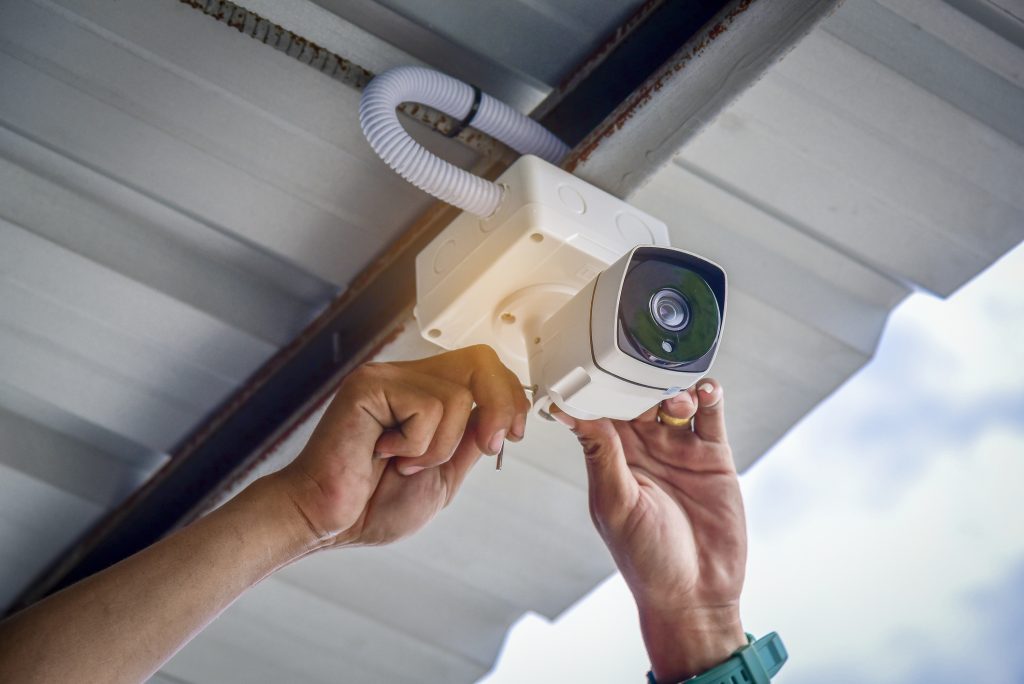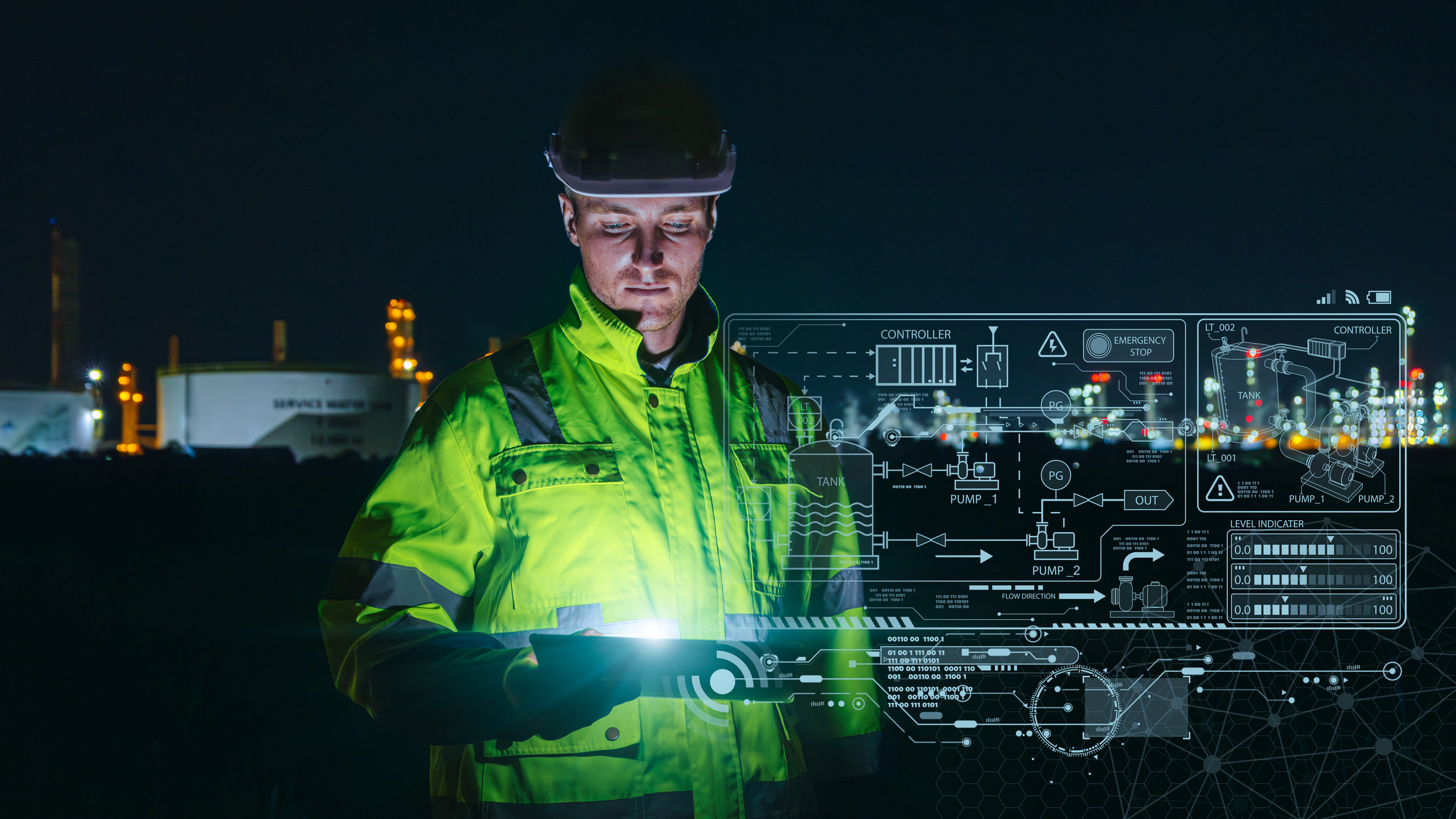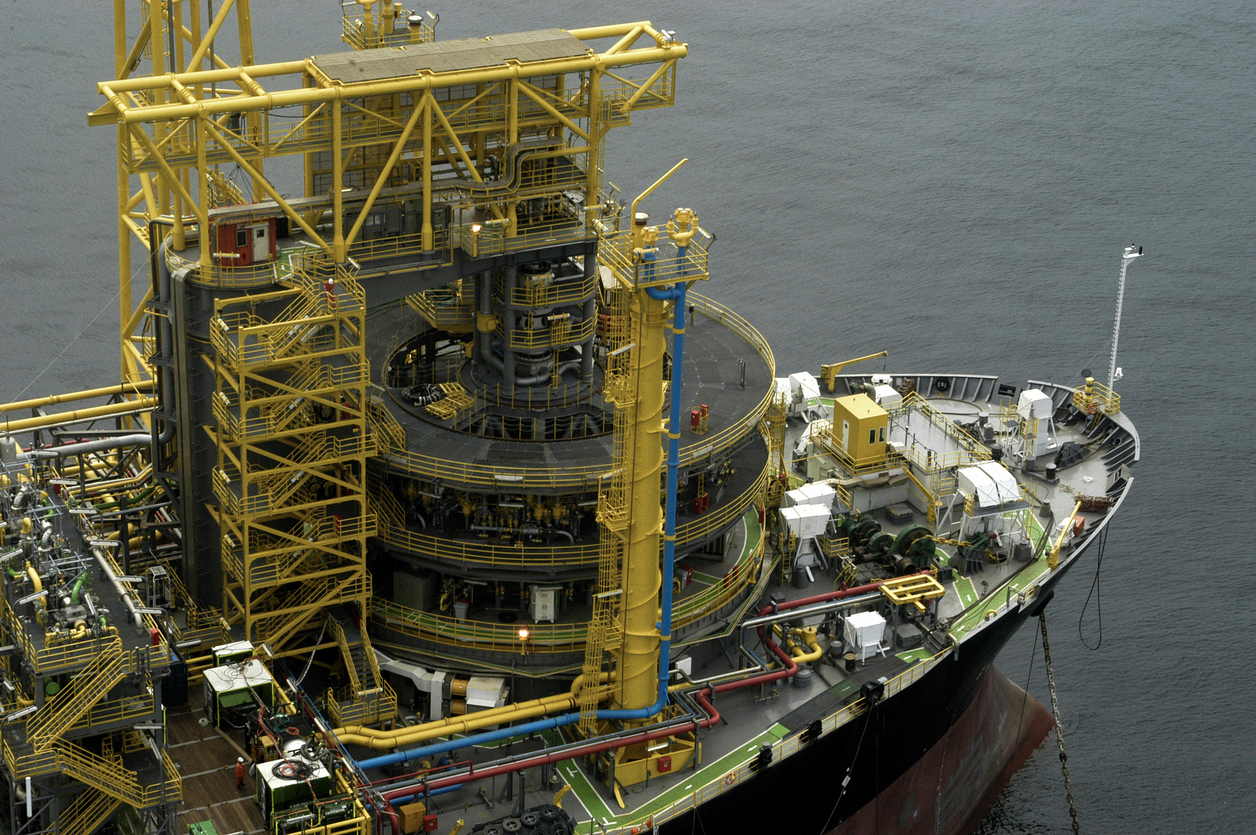In many industrial sectors, traditional camera surveillance has remained the security standard for decades. This model, known as CCTV (closed-circuit television), while effective, has some limitations in the current context of some industrial activities.
Today, operations are more dynamic, risks can multiply rapidly, and decision-making needs to be increasingly agile. In this scenario, intelligent monitoring emerges as a response: transforming images into actionable information capable of anticipating risks and proactively supporting security.
The traditional model: passive surveillance
In the conventional model, cameras function as "electronic eyes" that record everything that happens. However, the interpretation of this footage depends exclusively on people, such as supervisors, security guards, or control room operators. This approach is essentially passive: it reacts after the problem has already occurred.
Furthermore, the overload is evident. The images are monitored by a security guard, which can lead to fatigue due to the excessive number of screens to be observed. Furthermore, the company runs the risk of some detail going unnoticed, precisely because of the excessive workload these employees are exposed to.
Furthermore, images are often only revisited during subsequent audits or investigations, which contributes little to prevention. Passive surveillance fulfills its role as a recorder, but it fails to keep pace with the security demands of today.
Why cameras alone are no longer enough
Decades ago, industrial and logistics operations were smaller in scale, slower in pace, and less exposed to external variables. In this context, having cameras for visual recording was sufficient to maintain control.
Today, the scenario has changed radically. The increase in cargo volume, process automation, and pressure for productivity have increased the number of risk factors. With every movement in a port, refinery, or mining facility, multiple variables must be monitored simultaneously.
Traditional surveillance alone cannot handle this volume of information in real time. Incident prevention requires systems that not only record but also interpret and alert about critical situations as they occur.
The evolution: intelligent monitoring
Intelligent monitoring doesn't invalidate traditional surveillance, but rather elevates it to a new level. Instead of simply recording images, it automatically analyzes what's being filmed, transforming visual data into objective information.
This model allows you to identify risk patterns, issue instant alerts, and generate auditable reports. The system identifies situations requiring attention in real time, preventing responsible teams from becoming overwhelmed with image analysis.
Examples of practical applications
The practical application of intelligent monitoring in critical environments demonstrates how it differs from passive surveillance. Common applications include:
- Detection of lack of PPE: automatically identify when employees or third parties access areas without a helmet, vest or other mandatory equipment;
- Control of restricted areas (red zones): monitor the entry of people into high-risk areas, such as crane or cargo handling areas;
- Safety under suspended loads: issue alerts when people are moving under hoisted loads, preventing serious accidents;
- Perimeter monitoring: detect invasions in external areas and atypical movements;
- Audit records: generate concrete evidence for internal investigations, training, and compliance processes.
These applications show that intelligence applied to monitoring is not just about recording, but acting before the risk becomes an incident.
Steps to advance from traditional to intelligent model
Migrating from a model based solely on traditional surveillance to smart monitoring doesn't have to be a radical leap. The process can be gradual and planned:
- Evaluate the current system: understand how cameras and equipment are being used and where the greatest vulnerabilities are;
- Define priorities: map the most critical risks, such as lack of PPE or movement in restricted areas;
- Consolidate the culture of safety and prevention: communicate that the objective is not to monitor, but to protect lives and strengthen operational reliability;
- Integrate technology: implement analytical tools that can work in conjunction with cameras already installed;
- Train teams: train professionals to interpret alerts and act according to safety protocols.
Benefits for critical operations
By integrating intelligence into monitoring, companies gain greater prevention effectiveness, reduce incident costs, and improve operational resilience. Data traceability facilitates audits, increases transparency, and gives customers and partners greater confidence.
Furthermore, intelligent monitoring contributes to the organizational climate by demonstrating that the focus is on protection, not surveillance. When implemented well, it reinforces the security culture and creates more stable, reliable, and risk-aware environments.
Conclusion
The debate between "surveillance" and "intelligence" isn't a contradiction, but rather a step forward. The passive CCTV camera model has evolved into intelligent monitoring, which enables faster and more accurate responses.
Intelligent monitoring emerges as an ally for critical operations, helping to anticipate risks, protect lives, and ensure operational continuity. By adopting this approach, companies not only modernize their processes but also reaffirm their commitment to safety as a core value.
The question remains: is your operation keeping up with this evolution, or is it still relying on the model it observes but doesn't anticipate? The future of security is already happening, and you need to adapt to avoid the risk of falling behind.
About ALTAVE
ALTAVE offers intelligent monitoring solutions that increase safety in critical operations, protecting people, assets, and processes. By combining cutting-edge technology with automated analysis, it is possible to identify risk situations in real time and prevent accidents before they happen.
With real-time monitoring, intuitive dashboards and 24/7 support, ALTAVE contributes to operational safety and the protection of lives and essential resources. The company has patented technologies in Brazil and abroad, and is present around the world, serving sectors such as Defense and Security, Energy, Mining, Ports, Agribusiness and Oil and Gas.
Recognized for its strategic relevance, ALTAVE is accredited as a Strategic Defense Company by the Brazilian Ministry of Defense and a supplier to Petrobras.
Let's have a chat?
Contact us to learn more about how our solution can help your company!





